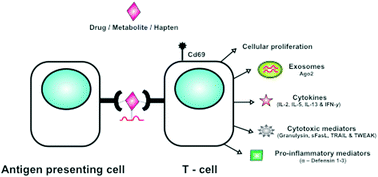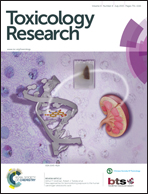Towards the development of mechanism-based biomarkers to diagnose drug hypersensitivity
Abstract
Drug hypersensitivity reactions or drug allergy is a form of serious adverse drug reaction with an immunological aetiology to otherwise safe and effective therapeutic agents. The use of certain classes of drugs (e.g., antibiotics, anti-convulsants and anti-retrovirals) is associated with a particular high frequency of reactions. The skin is the organ most commonly targeted in drug hypersensitivity reactions; however, other organs can be damaged in isolation or as part of a generalized hypersensitivity syndrome. Diverse epidemiological studies have been performed in order to estimate the incidence of drug hypersensitivity, but due to the heterogeneous presentation, different immunological mechanisms involved and the lack of simple and cost-effective in vitro tests to confirm a clinical diagnosis, the real incidence remains elusive. Furthermore, lack of knowledge relating to the way in which drugs interact with immune cells has hindered attempts to develop such tests. Nonetheless, during the last thirty years several groups have demonstrated that drug-responsive lymphocytes play a key role in the pathogenesis of most forms of this iatrogenic disease. This present review focus on (1) the cellular mechanism involved in drug hypersensitivity and (2) the biomarkers used to diagnose drug hypersensitivity. In addition, using our increasing knowledge of post-transcriptional immune regulators, such as microRNAs, we explored the possibility of identifying novel drug hypersensitivity biomarkers and their possible application in assays to diagnose drug hypersensitivity reactions in susceptible patients.


 Please wait while we load your content...
Please wait while we load your content...